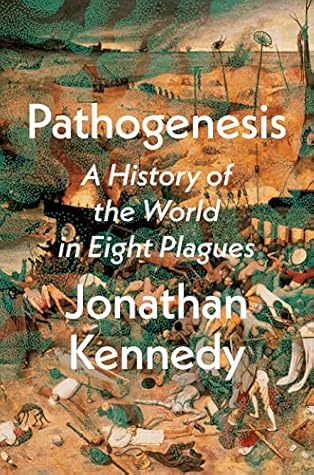In the mid-1960s, the Chinese state introduced a bottom-up approach to public health led by “barefoot doctors” (so called because in the southern provinces they balanced their medical duties with work in the waterlogged rice paddies). These were local people who looked after the health care needs of their community.
Within a communist structure, this role fulfills the lack of physicans. Given that intellectuals were targeted during the Great Leap Forward, a vaccum was left within healthcare. However, training common-folk to oversee the ill, prescribe generic medicines, and educate younger generations is not a bad idea.
Within a society like the US, this practice could be implemented in a lesser way. For example, parents who are expecting could be automatically enrolled by the state into an adolescent nutrition course. This would provide parents with a general understanding on nutrition and how it could be applied to their child. Within an education setting, children could be taught basic hygiene (washing body/food handling) along with basic wound care (wrapping/tapping injures). In combination, society would have a better grasp on general healthcare.


